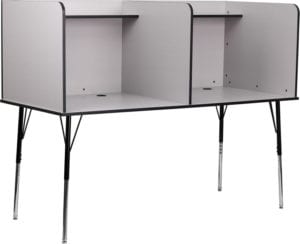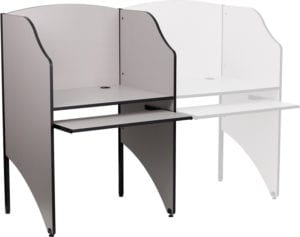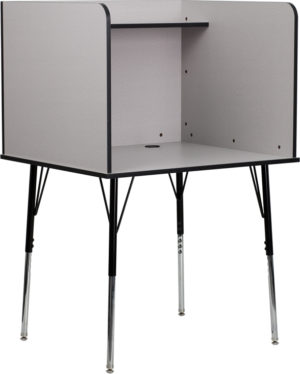Your Leesburg Office Furniture Supplier

Furnishing Large and Small Office Spaces
Find brand new office furniture for your local Leesburg business or organization at Capital Office Furniture. Need help? Our dedicated team can assist in the selection of your next desk, chair, file or cubicle.
Are you looking to modify your environment with new office furniture in Leesburg? Boost comfort and efficiency with new office furniture out of Capital Office Furniture. Whether it’s setting up a home office or an office for 100, we provide turnkey office furniture solutions. We offer furniture installation in Leesburg and throughout the Central Florida area.
Leesburg is a city in Lake County, Florida, United States. The population was 20,117 at the 2010 census. As of 2019, the population recorded by the U.S. Census Bureau was 23,671.
Leesburg is in central Florida, between Lake Harris and Lake Griffin, at the head of the Oklawaha River system. It is part of the Orlando–Kissimmee–Sanford Metropolitan Statistical Area.
Leesburg is the home of Lake–Sumter State College (LSSC), which also has campuses in Clermont and Sumterville, Florida. It is also the home of Beacon College.
Desks near Leesburg, FL
Seating near Leesburg, FL
-
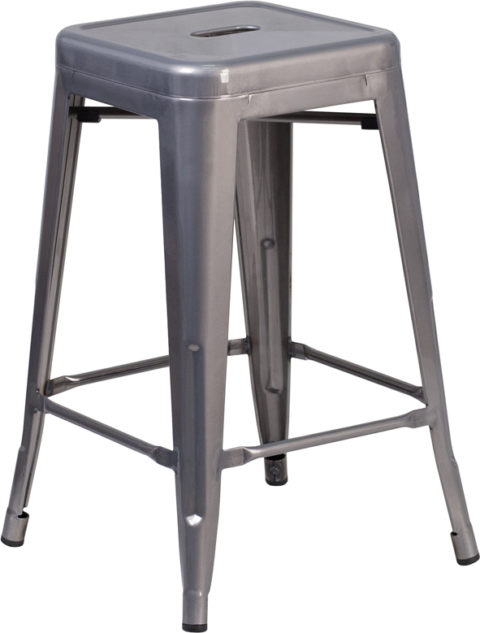
24” High Backless Metal Indoor Counter Height Stool with Square Seat – Leesburg
-
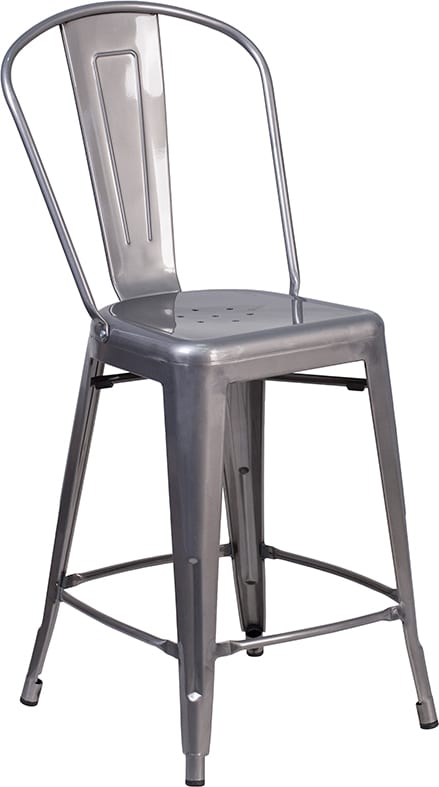
24” High Indoor Counter Height Stool with Back – Leesburg
-
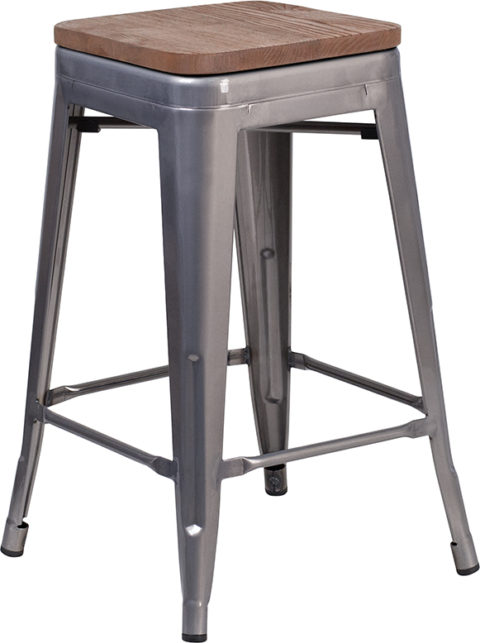
24″ High Backless Metal Counter Height Stool with Square Wood Seat – Leesburg
-

24″ High Backless Wood Counter Height Stool w/ Carved Apron & LeatherSoft Swivel Seat – Leesburg
-

24″ High Backless Wood Counter Height Stool w/ LeatherSoft Swivel Seat – Leesburg
-
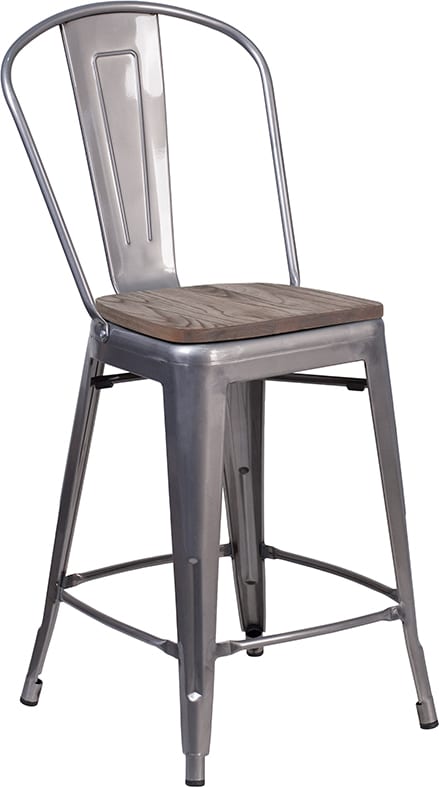
24″ High Counter Height Stool with Back and Wood Seat – Leesburg
-
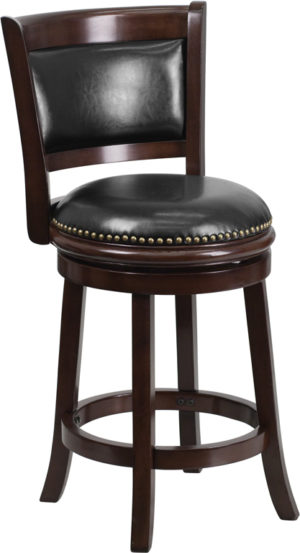
24″ High Wood Counter Height Stool w/ Panel Back & LeatherSoft Swivel Seat – Leesburg
-

24in Counter Height Stool w/ Swivel Lift LeatherSoft Seat – Leesburg
-

24in Counter Height Stool w/ Swivel Lift Wood Seat – Leesburg
-

24in High Backless Crystal Counter Height Stool w/ Square Wood Seat – Leesburg
-
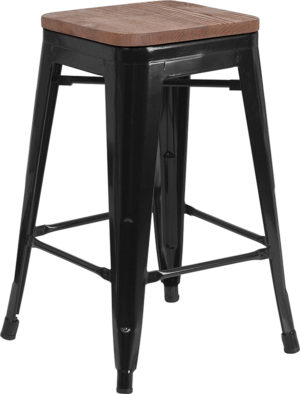
24in High Backless Metal Counter Height Stool w/ Square Wood Seat – Leesburg
-

24in High Crystal Metal Counter Height Stool w/ Back & Wood Seat – Leesburg
-
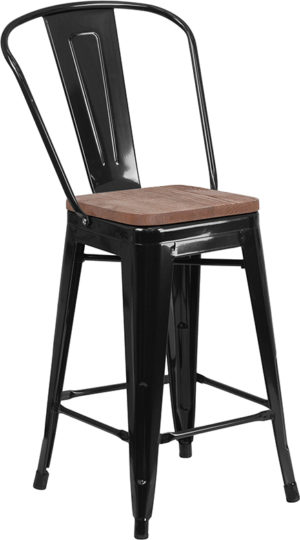
24in High Metal Counter Height Stool w/ Back & Wood Seat – Leesburg
-

25.75” High Counter Height Stool – Leesburg
-
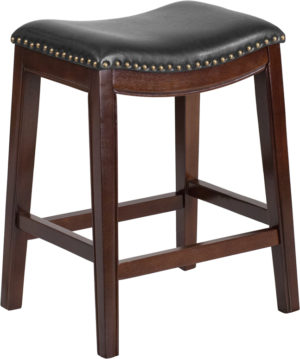
26″ High Backless Wood Counter Height Stool w/ LeatherSoft Seat – Leesburg
Tables near Leesburg, FL
-
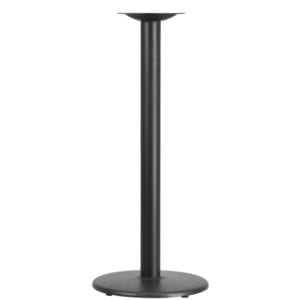
18” Round Restaurant Table Base with 3” Dia. Bar Height Column – Leesburg
-
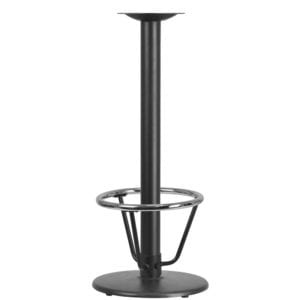
18” Round Restaurant Table Base with 3” Dia. Bar Height Column and Foot Ring – Leesburg
-
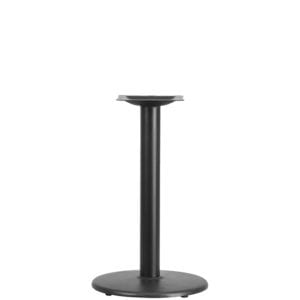
18” Round Restaurant Table Base with 3” Dia. Table Height Column – Leesburg
-
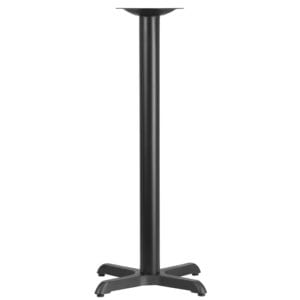
22” x 22” Restaurant Table X-Base with 3” Dia. Bar Height Column – Leesburg
-
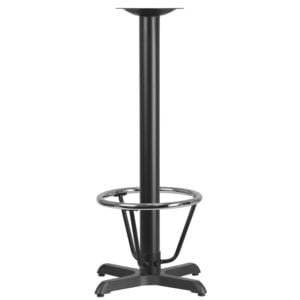
22” x 22” Restaurant Table X-Base with 3” Dia. Bar Height Column and Foot Ring – Leesburg
-

22” x 22” Restaurant Table X-Base with 3” Dia. Table Height Column – Leesburg
-
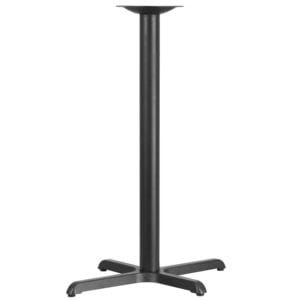
23.5” x 29.5” Restaurant Table X-Base with 3” Dia. Bar Height Column – Leesburg
-
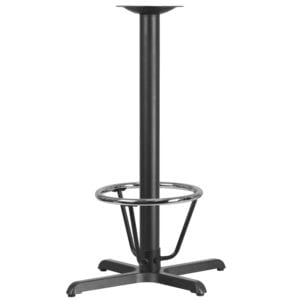
23.5” x 29.5” Restaurant Table X-Base with 3” Dia. Bar Height Column and Foot Ring – Leesburg
-

23.5” x 29.5” Restaurant Table X-Base with 3” Dia. Table Height Column – Leesburg
-
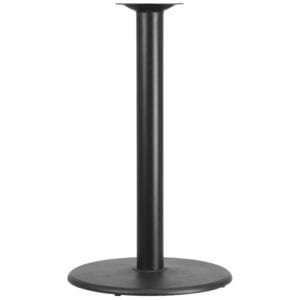
24” Round Restaurant Table Base with 4” Dia. Bar Height Column – Leesburg
-
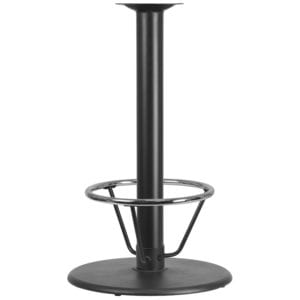
24” Round Restaurant Table Base with 4” Dia. Bar Height Column and Foot Ring – Leesburg
-
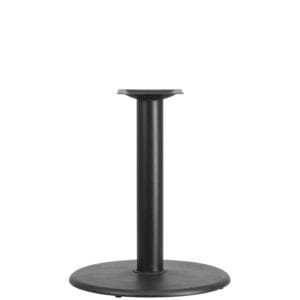
24” Round Restaurant Table Base with 4” Dia. Table Height Column – Leesburg
-
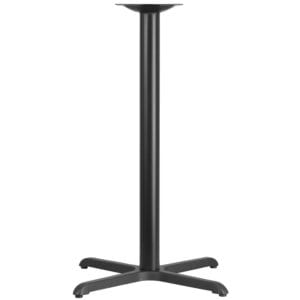
30” x 30” Restaurant Table X-Base with 3” Dia. Bar Height Column – Leesburg
-

30” x 30” Restaurant Table X-Base with 3” Dia. Bar Height Column and Foot Ring – Leesburg
-

30” x 30” Restaurant Table X-Base with 3” Dia. Table Height Column – Leesburg
Storage near Leesburg, FL
-

Chelsea Collection 3 Shelf 26″H Cross Brace Bookcase in Wood Gra – Leesburg
-

Cumberl& Collection 4 Shelf 65.75″H Bookcase w/ Drawer in Rustic Wood Gra – Leesburg
-

Dudley 4 Shelf 29.5″H Open Bookcase Storage in Wood Gra – Leesburg
-

Highl& Collection 3 Shelf 45.5″H Glass Bookcase w/ Metal Frame – Leesburg
-

Highwood Collection 3 Shelf 28″H Glass Frame Bookcase – Leesburg
-

Lincoln Collection 2 Shelf 41.25″H Display Bookcase w/ Four Drawers in Rustic Wood Gra – Leesburg
-

Thompson Collection 4 Shelf 62″H Etagere Bookcase in Wood Gra – Leesburg
-

Tiverton Collection Industrial Style 4 Shelf 59″H Bookcase w/ Open & Panel Backing in Ash – Leesburg
-

Vernon Hills Collection 4 Shelf 57″H Chain Accent Metal Frame Bookcase in Antique Wood Gra – Leesburg
-

Woodridge Collection 63″H 5 Cube Storage Organizer Bookcase w/ Metal Cabinet Doors in Rustic Wood Gra – Leesburg
Cubicles near Leesburg, FL
-

10Pack Cluster Cubicle Desks 60W Straight Call Stations
-

10Pack Cluster Office Cubicles 5×5 L Shape Workstations
-

10Pack Cluster Office Cubicles 6×6 L Shape Workstations
-

12Pack Cluster Cubicle Desks 60W Straight Call Stations
-

12Pack Cluster Office Cubicles 5×5 L Shape Workstations
-

12Pack Cluster Office Cubicles 6×6 L Shape Workstations
-

2Pack Cluster Cubicle Desks 36W Straight Call Stations
-

2Pack Cluster Cubicle Desks 60W Straight Call Stations
-

2Pack Cluster Office Cubicles 5×5 L Shape Workstations
-

2Pack Cluster Office Cubicles 6×6 L Shape Workstations
-

2Pack Cluster Office Cubicles 6×6 L Shape Workstations
-

2Pack Cluster Office Cubicles 6×6 L Shape Workstations
-

2Pack Collaborative Cluster Office Cubicles 6×6 L Shape Workstations
-

2Pack Inline Collaborative Office Cubicles 5×5 L Shape Workstations
-

2Pack Inline Cubicle Desks 36W Straight Call Stations
Information on Leesburg
By the 16th century, the earliest time for which there is a historical record, major Native American groups included the Apalachee of the Florida Panhandle, the Timucua of northern and central Florida, the Ais of the central Atlantic coast, the Tocobaga of the Tampa Bay area, the Calusa of southwest Florida and the Tequesta of the southeastern coast.
Florida was the first region of the continental United States to be visited and settled by Europeans. The earliest known European explorers came with the Spanish conquistador Juan Ponce de León. Ponce de León spotted and landed on the peninsula on April 2, 1513. He named it La Florida in recognition of the verdant landscape and because it was the Easter season, which the Spaniards called Pascua Florida (Festival of Flowers). The following day they came ashore to seek information and take possession of this new land. The story that he was searching for the Fountain of Youth is mythical and appeared only long after his death.
In May 1539, Conquistador Hernando de Soto skirted the coast of Florida, searching for a deep harbor to land. He described a thick wall of red mangroves spread mile after mile, some reaching as high as 70 feet (21 m), with intertwined and elevated roots making landing difficult. The Spanish introduced Christianity, cattle, horses, sheep, the Castilian language, and more to Florida. Spain established several settlements in Florida, with varying degrees of success. In 1559, Don Tristán de Luna y Arellano established a settlement at present-day Pensacola, making it the first attempted settlement in Florida, but it was mostly abandoned by 1561.
In 1565, the settlement of St. Augustine (San Agustín) was established under the leadership of admiral and governor Pedro Menéndez de Avilés, creating what would become one of the oldest, continuously-occupied European settlements in the continental U.S. and establishing the first generation of Floridanos and the Government of Florida. Spain maintained strategic control over the region by converting the local tribes to Christianity. The marriage between Luisa de Abrego, a free black domestic servant from Seville, and Miguel Rodríguez, a white Segovian, occurred in 1565 in St. Augustine. It is the first recorded Christian marriage in the continental United States.


